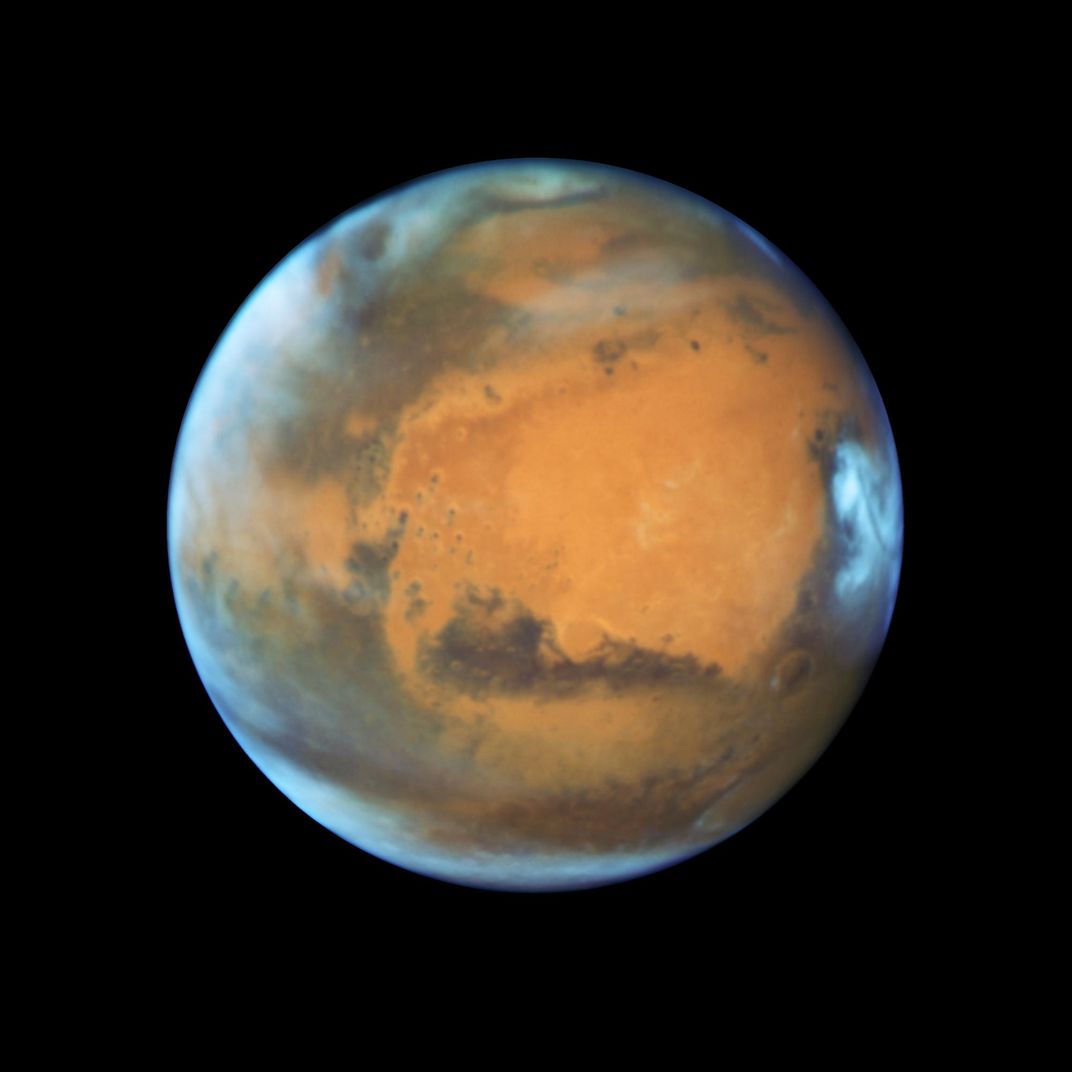The Ultimate Space Telescope Would Use the Sun as a Gravitational Lens
An old idea gets new attention.
/https://tf-cmsv2-smithsonianmag-media.s3.amazonaws.com/filer/ac/22/ac22d0f8-1b98-44db-aad3-9aba20315db1/grav_lens_telescope.jpg)
Astronomers use several techniques to find exoplanets, including the so-called “gravitational microlensing” method. The light from a faraway star and its exoplanet is bent around another star located midway between Earth and the distant star/exoplanet, which magnifies its image like a telescope lens. Using this method we’ve already discovered intriguing planets such as Kepler 452b that are hundreds or thousands of light years from Earth.
Now Leon Alkalai from the Jet Propulsion Lab and his co-authors have picked up an earlier suggestion from Italian physicist Claudio Maccone to use our Sun, rather than a distant star, to create what might be the ultimate telescope based on the microlensing principle. Alkalai’s team has investigated the viability of the method in detail as a breakthrough mission concept. They also presented their findings at NASA’s recent Planetary Science Vision 2050 workshop in Washington, D.C.
To build such a “telescope,” detecting instruments would be placed at a point in space where the Sun’s gravity focuses lensed light from distant stars. Not only is the idea viable, according to the Alkalai team, it would produce images that separate the distant star from its exoplanet, a critical observation that is the goal of future space telescopes equipped with Starshades. And using the Sun as a lens would result in much greater magnification. Instead of a single pixel or two, astronomers would get images of 1,000 x 1,000 pixels from exoplanets 30 parsecs, or about 100 light years, away. That translates to a resolution of about 10 kilometers on the planet’s surface, better than what the Hubble Space Telescope can see on Mars, which would allow us to make out continents and other surface features.

Such a super-telescope would also allow spectroscopy of an exoplanet, which would let us identify gases in its atmosphere. Exoplanet science would take a giant leap, and habitable planets, perhaps even signs of life, could be identified.
There is a downside, however. The telescope’s focal plane instruments would have to be at least 550 AU from the Sun (1 AU, or astronomical unit, is the distance from the Sun to Earth), which is well into interstellar space. The only spacecraft that has reached interstellar space so far is Voyager 1, which covered approximately 137 AUs in 39 years. So we would need a spacecraft that is at least 10 times faster, but Alkalai and his colleagues say this is within the reach of current technology.
Other questions would have to be addressed, as well. How long could such an exoplanet be observed, and would repeat measurements be possible? In general, the advantage of the gravitational lensing method is its ability to detect planets that are at about the same distance from their central star as Earth is from the Sun. Other methods are biased toward planets that are very close to their stars, meaning they are less likely to be habitable. But a gravitational lens telescope would require that the observed star-planet system, the Sun, and Earth be exactly aligned. This is a big disadvantage, because it’s likely we wouldn’t be able to take another look at the planet once it moves out of that rare alignment.
Still, even the possibility of building such a powerful telescope is mind-boggling, and its results would be nothing less than revolutionary. One might wonder whether some intelligent civilization elsewhere in our galaxy is using this very same method to watch us.
/https://tf-cmsv2-smithsonianmag-media.s3.amazonaws.com/accounts/headshot/Dirk-Schulze-Makuch-headshot.jpg)
/https://tf-cmsv2-smithsonianmag-media.s3.amazonaws.com/accounts/headshot/Dirk-Schulze-Makuch-headshot.jpg)